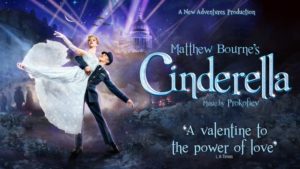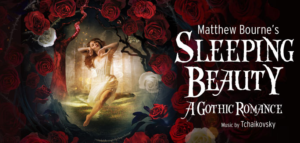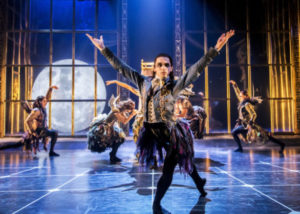
Ballet, based on original story and film by Tim Burton
Adaptation: Caroline Thompson
Devised and directed by Matthew Bourne
Music; Danny Elfman and Terry Davies
 (4.5 / 5)
(4.5 / 5)
Making a welcome return to Cardiff, Edward Scissorhands is arguably not only the most hauntingly beautiful of Bourne’s innovative and unique productions but the most in depth and soul searching. Brought up to date with new music, the story of a boy that is different and as a result suffers jibes and discrimination, Bourne infuses this new production with an added poignancy cognisant with contemporary mores and awareness of mental health issues.
Based around the central character of a boy with an abnormality which causes him to face problems in the world – a world unknown and alien to him – Edward Scissorhands is complex and far from easy to relate in balletic form, although Bourne can be forgiven for the occasional grunt or shout. Created by an eccentric inventor, Edward is left unfinished with elongated scissors in place of hands when his creator unexpectedly dies, leaving him to face the challenges of an unknow world. As with all Bourne ballets, the dance is an amazing mix of classical and modern plus maximum use of mime, danced with empathy and expertise by Bourne’s New Adventure Company.
On Press night, the lithe and lissom Liam Mower, who back in 2015 first danced the central role of Edward – arguably one of the most difficult roles in Bourne’s diverse repertoire. – brings to the stage a knowledge and perception of the character, targeting the highs and lows of a young man who is desperate to be accepted despite fighting against prejudice and suspicion.
Not only do the principal dancers shine, but the whole of Bourne’s young and enthusiastic New Adventures Company show expertise in the different dance genres, segueing seamlessly from one to the other, under the tuition of New Adventures Take Part Creative Director Kerry Biggin who on opening night in Cardiff, danced the principal female role of Peg Boggs, the young housewife who befriends Edward. Opposite her, Dominic North dances a self-assured Bill Boggs.
Bourne’s choreography, inclusive of both the lifts and Grandes jetés of classical ballet and bang up to date acrobatics of street dance (seen also in Bourne’s ballet The Car Man) is in this respect unique. Lez Brotherston’s atmospheric set designs make an important contribution to the success of this ballet, aided and abetted by Howard Harrison’s atmospheric lighting. Worth noting that Brotherston also designed the great costumes.
Overall, a ballet that with a dark element yet with comic touches throughout that lighten the load. Does Edward overcome the problems of the title? It would be a spoiler to tell!



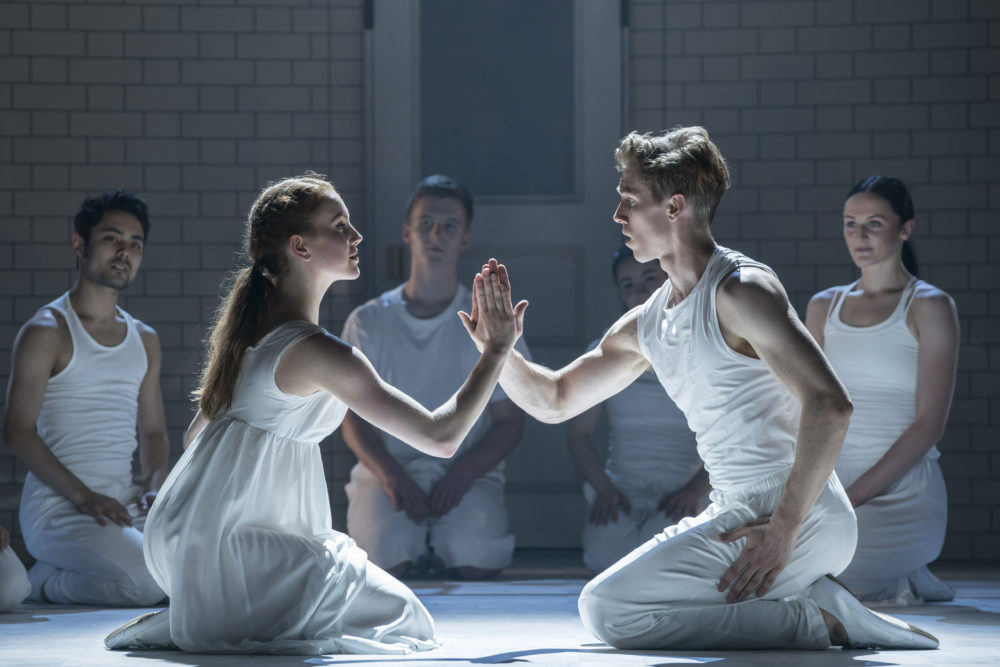
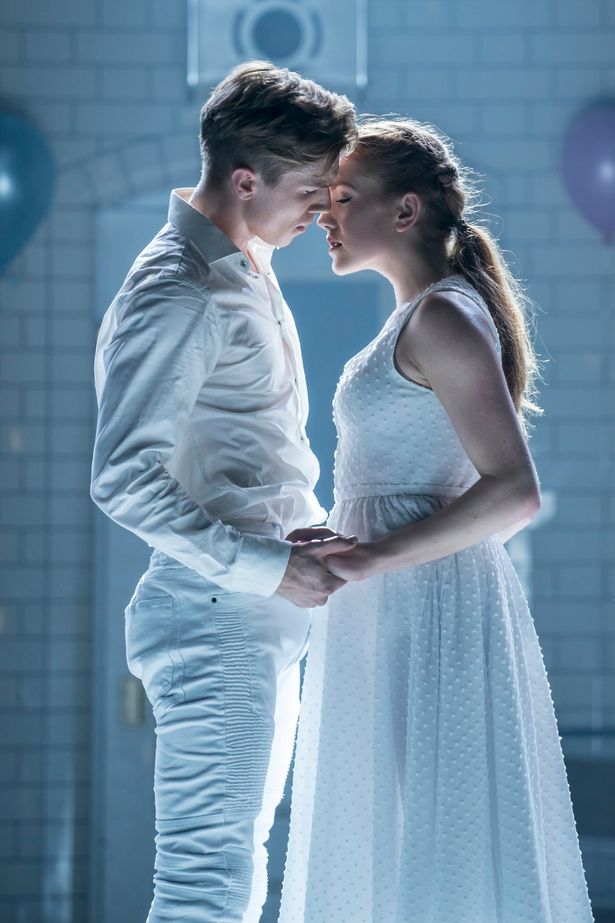

 (5 / 5)
(5 / 5)